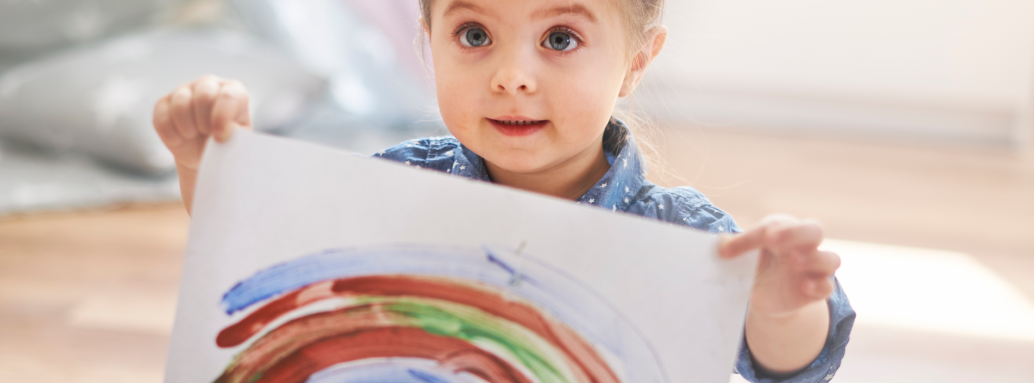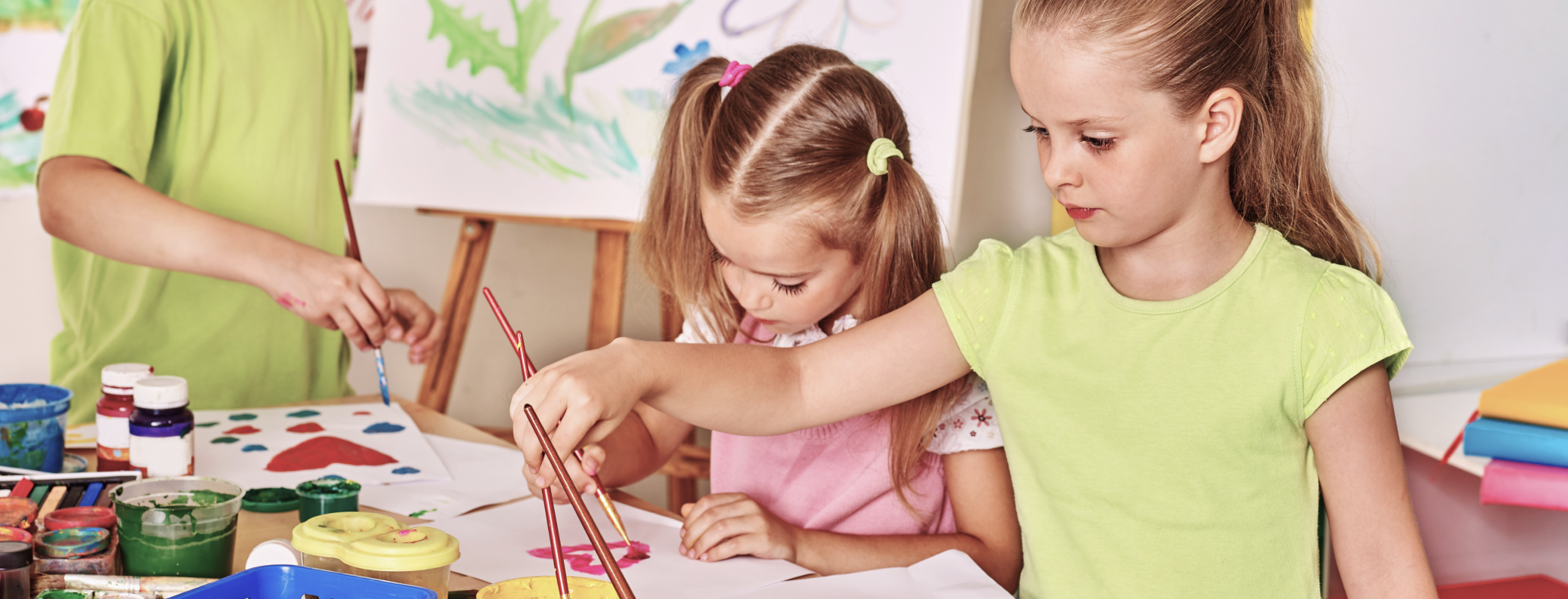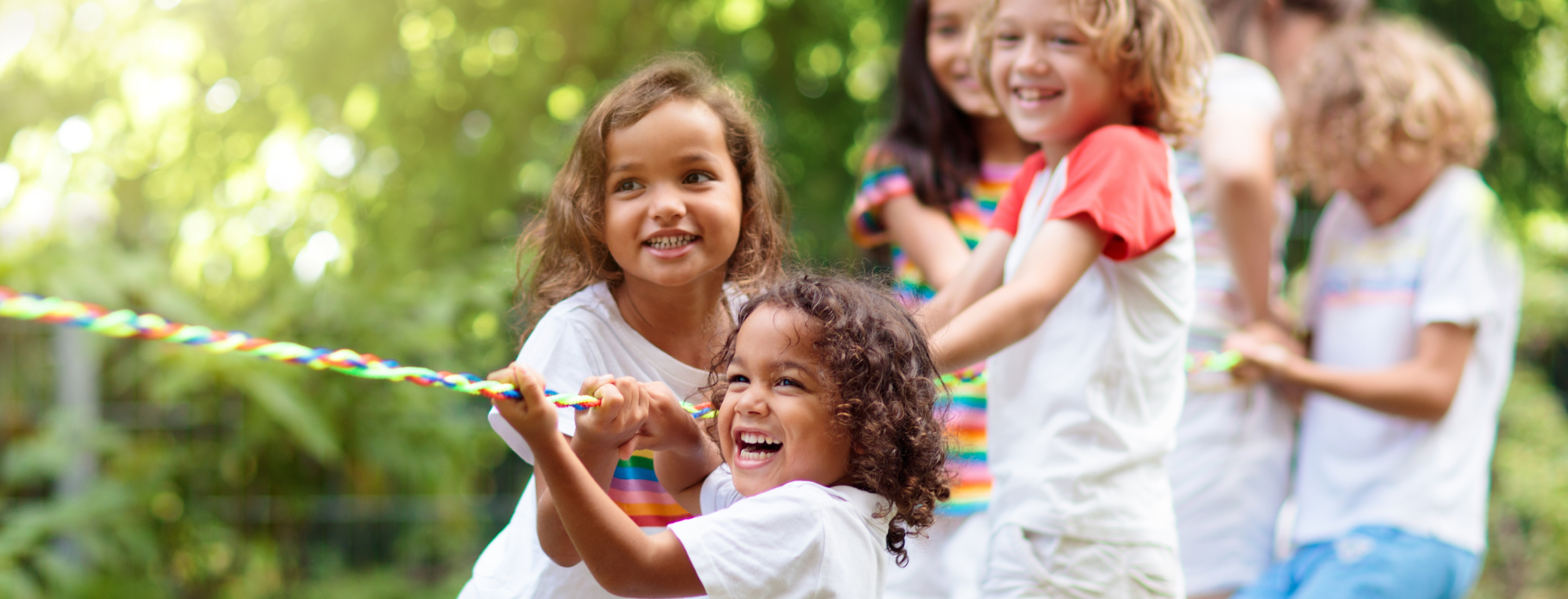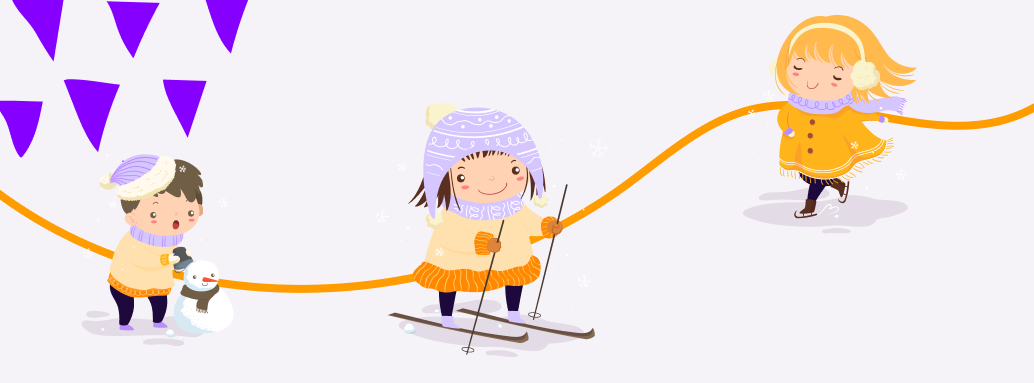Remember the days when finger-painting and drawing stick figures were the highlights of our days? That wasn’t just play—it was setting the stage for essential cognitive development. Dive in to explore why art isn't just fun and games.
Art education isn't just about painting pretty pictures; it's a powerful tool that can significantly impact a child's development in various ways. In this article, we'll explore the multitude of advantages that art education offers to young children and why it should be an integral part of their learning journey.
The Power of Art in Child Development
Boosting Creativity
The world of color and imagination isn’t just frivolous fun. Art unleashes a child’s potential to think out of the box. Ever seen a kid draw a blue sun or a five-legged animal? That's creativity in its purest form.
Enhancing Motor Skills
Grasping pencils, using scissors, molding playdough - these aren't just playful activities. They play a pivotal role in refining a child’s motor skills. Plus, who knew drawing circles and zigzags preps them for the math world?
Cultivating Emotional Expression
Ever wondered why children’s drawings are so vibrant? Art allows them to express emotions they might not voice. A dark cloud might represent sadness, while bright flowers could signify happiness.
Improving Visual Learning
Art isn’t just about creating—it’s also about observing. Kids learn about patterns, spatial awareness, and even interpretative analysis through art, making it an indispensable learning tool.
Socio-Cognitive Advantages of Art
Promoting Cultural Awareness
Art transcends borders. By exposing children to different artistic traditions, we're opening doors to understanding diverse cultures and traditions. It’s like giving them a passport to the world!
Enhancing Communication Skills
A picture is worth a thousand words, right? Art gives children an alternative mode of communication. Sometimes, feelings find a better expression in brush strokes than words.
Building Self-esteem and Confidence
The proud grin when they showcase their art piece? That's them building confidence. Art provides them with a sense of accomplishment and boosts their self-worth.
Integrating Art into Early Education
Tips for Parents
Art isn’t restricted to the classroom. Engage in home-based art projects. Remember, it’s not about the outcome but the joy of creation. Ever tried creating a refrigerator art gallery?
The Role of Schools
Schools aren't just for textbook learning. By incorporating art education, schools can enhance holistic development, making lessons memorable and engaging.
Community Engagement
Visit local art galleries, or better yet, participate in community art projects. It’s about connecting, learning, and growing as a community.
Real-life Success Stories
The undeniable influence of art on children's cognitive and emotional development can be best exemplified by looking at real-life prodigies and renowned artists. Their stories not only inspire but also highlight the transformative potential of early exposure to the world of art.
1. Frida Kahlo
Mexican artist Frida Kahlo is celebrated for her iconic self-portraits and the emotional intensity within them. However, her journey began at a tender age. Stricken by polio as a child, Frida spent prolonged periods confined to her bed. It was during these times that she began to paint, using art as an escape from her physical constraints and emotional pain. Her early introduction to art became the catalyst for her to discuss personal, political, and gender issues, making her one of the most influential artists of the 20th century.
2. Pablo Picasso
Pablo Picasso, a name synonymous with revolutionary art, began showing his prowess as early as the age of 7. His early sketches, nurtured and encouraged by his art-teacher father, laid the foundation for his later works. Picasso's "Le Picador," a painting of a man on a horse at a bullfight, was created when he was just 9 years old. His early exposure to art and the freedom to explore various styles eventually led him to co-found the Cubist movement and produce masterpieces like "Guernica."
3. Leonardo da Vinci
While Leonardo da Vinci is best known for masterpieces like the "Mona Lisa" and "The Last Supper," his artistic journey began in the hills of Tuscany, Italy, as a young apprentice in the workshop of artist Andrea del Verrocchio. Here, Leonardo was exposed to both artistry and a vast array of technical skills, from metallurgy to mechanics, at a tender age. His early art education provided a holistic foundation, making him not just a painter but also an inventor, scientist, and polymath.
4. Yoko Ono
Yoko Ono, a multidisciplinary artist and peace activist, was introduced to the arts early in life. Born in Tokyo and raised in both Japan and the US, her diverse upbringing exposed her to music, opera, and classical arts from a young age. By her twenties, Yoko had already begun experimenting with avant-garde art and performance, eventually becoming a pivotal figure in the 1960s art world. Her early exposure to varied art forms played a significant role in shaping her distinctive style.
These stories underscore the lasting influence of early art education. When children are given the tools and freedom to express themselves artistically from a young age, the sky truly is the limit. Who knows, the next great artist might be sketching away in a kindergarten classroom right now!
Conclusion: 13 Benefits of Art Education for Kids
1. Cognitive Development
Art education stimulates cognitive development in children. Engaging in artistic activities enhances their problem-solving abilities as they experiment with colors, shapes, and materials. This fosters creativity and imagination, vital skills that will benefit them in various aspects of life.
2. Emotional Expression
One of the remarkable benefits of art education is its capacity to help children express their emotions. Through art, kids can convey their feelings, even those they might struggle to articulate verbally. This process builds self-confidence and equips them with essential emotional coping mechanisms.
3. Fine Motor Skills
Art activities, such as drawing and painting, require precise hand movements. These activities promote the development of fine motor skills, enhancing hand-eye coordination and dexterity. Such skills are essential for tasks like writing and other everyday activities.
4. Social Skills
Art education encourages social interaction among children. When they work on art projects together, they learn to collaborate, share ideas, and communicate effectively. These experiences nurture important social skills that will benefit them throughout their lives.
5. Cultural Awareness
Engaging in art exposes children to various cultures and traditions. It fosters tolerance and appreciation for diversity, helping them become more culturally aware and empathetic individuals.
6. Academic Performance
Studies have shown a positive correlation between art education and improved academic performance. The critical thinking and problem-solving skills developed through art translate into better grades and academic success.
7. Stress Reduction
Art can be a therapeutic outlet for young children. It allows them to express themselves freely and can serve as a means of relaxation. Art provides a healthy way for children to manage stress and anxiety.
8. Parental Involvement
Parents play a crucial role in supporting their child's art education. Encouraging creativity through art projects at home and attending art-related events can strengthen the bond between parents and children while fostering a love for art.
9. Practical Tips
To incorporate art into a child's daily routine, choose age-appropriate art supplies and encourage free expression. Letting children explore their creativity without strict rules or guidelines is key to their artistic development.
10. Case Studies
Real-life success stories demonstrate the tangible benefits of art education for young children. These stories highlight how art has positively impacted children's lives and helped them overcome challenges.
11. Challenges and Solutions
Despite its numerous advantages, art education faces challenges such as limited resources in schools and time constraints. However, creative solutions, like seeking community support and integrating art into the curriculum, can overcome these obstacles.
12. The Role of Educators
Educators play a vital role in fostering art education. Continuous professional development for teachers and the integration of art into the curriculum are essential steps in ensuring children receive a well-rounded education.
13. Art Education and Technology
In today's digital age, technology also plays a role in art education. Online art classes and apps can supplement traditional methods, offering children new ways to explore their creativity while balancing digital and traditional art experiences.
Art education is a powerful tool that enhances cognitive development, emotional expression, fine motor skills, social skills, and more in young children. By recognizing its benefits and supporting its integration into children's lives, we can help them thrive and grow into well-rounded individuals.
Art isn’t just an extracurricular activity—it's a powerful educational tool. By integrating it into young children's lives, we're not just producing artists; we're nurturing innovative thinkers and emotionally balanced individuals. So, hand them that brush and let their imaginations soar!
FAQs
1. What age is suitable for introducing art education to children? Art education can be introduced as early as toddlerhood, with age-appropriate activities like finger painting and drawing.
2. How can parents encourage art at home if they have limited art supplies? Parents can get creative with everyday materials, such as recycled paper, natural objects, and household items, to spark artistic expression.
3. Are there any online resources for art education for children? Yes, there are many online platforms and apps that offer art lessons and creative activities for kids.
4. How does art education benefit children with special needs? Art education can be especially beneficial for children with special needs, as it provides a non-verbal outlet for self-expression and creativity.
5. Can art education be integrated into other subjects in school? Yes, art can be integrated into various subjects, promoting interdisciplinary learning and enhancing students' understanding of different topics.
Billing, Invoicing Automation & Smart Finances
Communication & Engagement
Child Development & Progress
Waitlist, Forms & Attendance
Effortless Team Management
Daily Updates That Matter
Templates & Printables
Blogs
Webinars
Case Studies & Testimonials
FAQs
Help Center



